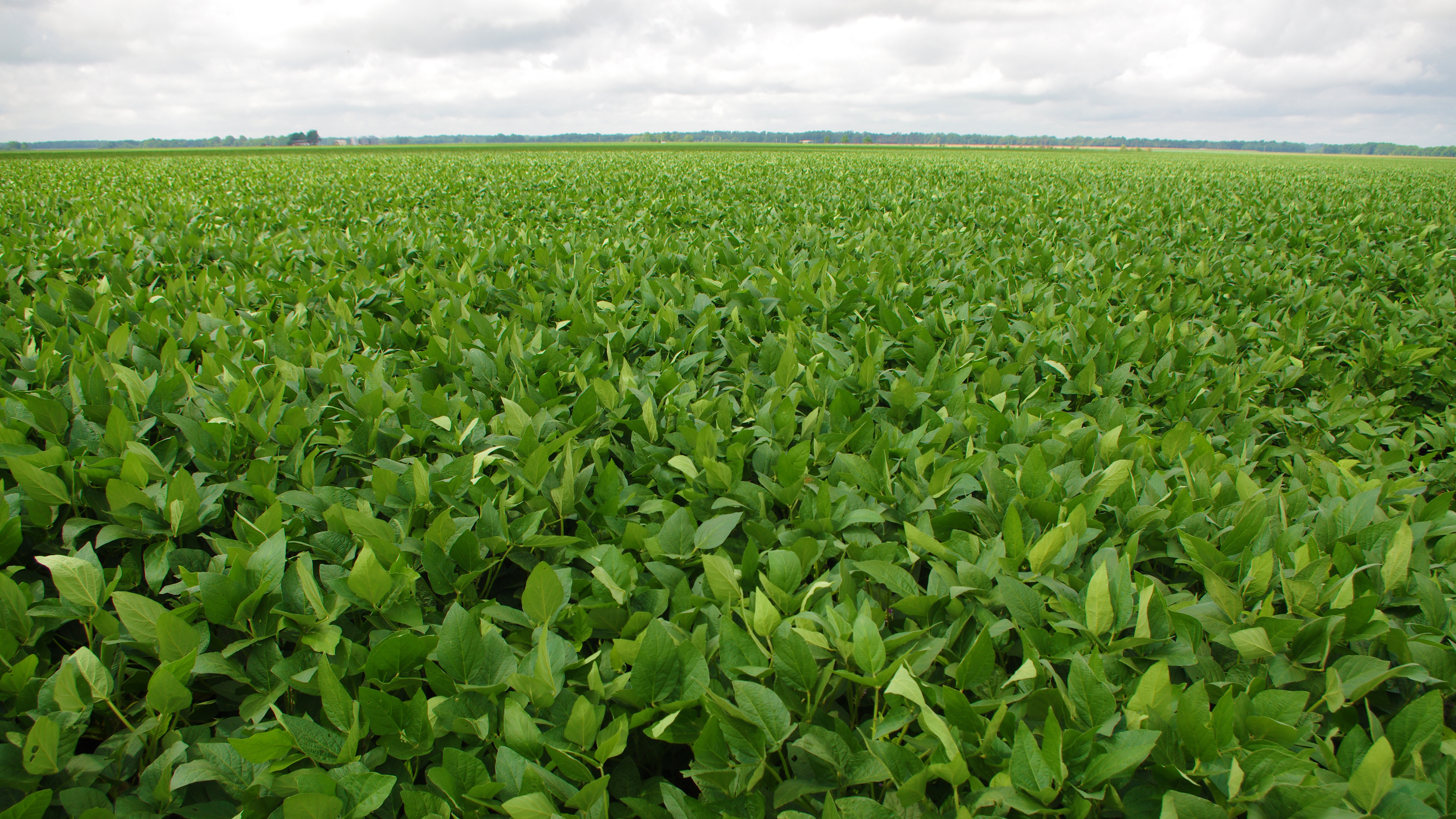
Crop Health

Issue Overview
Protecting our sustainable food supply starts with protecting crops while they are still in the ground or on the tree or vine. To that end, farmers and ranchers rely on a variety of tools and techniques as they grow the crops that will become our food, fiber and renewable fuel. Specific methods of crop protection vary from farm-to-farm based on regional climate and specific threats to crops, such as weeds, pests and invasive species. Crop protection tools, like herbicides also enable environmentally beneficial practices such as reduced- or no-till, which sequester carbon and promote healthy soils. Additionally, it’s critical farmers have access to a variety of pesticides to ensure the most effective product can be used for the targeted pest and prevent resistance issues. Above all, safety is the top priority for farmers when using any kind of pesticide, and thanks to advances in technology, farmers can be precise in their applications, down to the individual plant.
Crop protection tools enable environmentally beneficial practices and help farmers sequester carbon and promote healthy soils.
Regulatory Process
All crop protection tools—insecticides, herbicides, fungicides, etc.—are highly regulated federal agencies under the Federal Insecticide, Fungicide, and Rodenticide Act (FIFRA) and the Federal Food, Drug and Cosmetic Act.
Registering a Pesticide
Before a new pesticide* goes to market in the U.S., the Environmental Protection Agency must register the product. To register a pesticide for use, whether organic or conventional, EPA must ensure that the chemical will perform its intended function without harming the environment, while also weighing the economic, social and environmental costs and benefits of the pesticide. This process involves extensive data from hundreds of studies and an exhaustive government review process, which uses very conservative assumptions applying the toughest standards of any environmental law in the U.S.
Consumer Safety
The safety of their families, employees, consumers and the environment is the top priority for farmers in every region and commodity, and they rely on the science-based review process at EPA to regulate and provide safety guidance on pesticide use. Before registering a pesticide, EPA must determine there is a “reasonable certainty of no harm” according to clearly outlined safety factors in the FFDCA–including explicit considerations of possible risks to infants and children from pesticide residues. Those residues are also under close scrutiny through the FFDCA, to ensure all foods meet the highest standards for consumer safety.
*Congress has mandated that all older pesticides also meet modern scientific standards.
Our Position
- Agricultural chemicals are important tools as farmers continue to grow a safe and sustainable food supply. We are committed to continuing the use of agricultural chemicals safely and carefully to protect the health and safety of farmers and farm employees, our families and communities, and our environment.
- We support access to critical pesticides used for crop and livestock production, along with increased funding for research on alternative crop and livestock protection tools. We request the EPA, FDA and USDA increase cooperation and expedite registration of additional new crop protection tools and traits.
